When it comes to bench press exercises, incline bench press vs flat bench press is a common debate among gym-goers. Many lifters wonder: How much harder is incline bench? Is flat bench easier than incline, or does it just feel that way because of how it's performed? Moreover, some people ask, should my incline bench be the same as flat bench? These questions arise due to the noticeable difference in how these two variations of the bench press challenge your upper body muscles. In this article, we’ll dive deep into the mechanics of both exercises, break down how much weight you should expect to move on each, and give you the information you need to optimize your training program.
Understanding the Difference: Incline vs Flat Bench Press
Before comparing the two exercises, it’s important to understand the differences in their setups and target muscles. The flat bench press is the most traditional chest exercise, where you lie flat on a bench with your feet planted on the floor. It predominantly works the pectoralis major (chest), anterior deltoids (front shoulders), and triceps.
The incline bench press, on the other hand, involves setting the bench to an incline (usually between 30 to 45 degrees). This adjustment shifts the focus towards the upper chest (clavicular head of the pectoralis major) and places more emphasis on the shoulders and triceps.
Why Does the Incline Bench Feel Harder?
The incline bench press is generally perceived as harder than the flat bench press, but why is that?
-
Increased Shoulder Involvement: On the incline bench, your shoulders are recruited more heavily than on the flat bench. This means your deltoids work overtime, which can make the exercise feel more challenging.
-
Angle and Muscle Activation: At the incline angle, the chest fibers are stretched differently, and you may find it harder to recruit the same amount of muscle mass as the flat bench.
-
Strength Difference: Most people are stronger on the flat bench press. The angle of the incline places more stress on the upper chest, which is generally a weaker area for many lifters.
Incline Bench vs Flat Bench Weight: Why the Difference?
One of the most common questions lifters ask is whether their incline bench press weight vs flat bench press weight should be the same. The short answer is: No, it’s unlikely your incline bench will match your flat bench press weight. Here’s why:
-
Muscle Group Involvement: The flat bench recruits a broader range of muscle fibers, particularly in the chest, while the incline bench focuses more on the upper chest and shoulders. This often leads to a weaker performance on the incline press.
-
Lever Mechanics: The mechanics of pushing weights from an inclined position are less efficient than from a flat position. Gravity also acts at a different angle, making it harder to move the same amount of weight.
Is Flat Bench Easier Than Incline?
The perception of the flat bench being easier than incline bench is common, but this depends on the individual’s body and muscle development. For example:
- If you have a dominant lower chest: You may find the flat bench much easier since the lower pectorals are generally stronger.
- If you struggle with upper chest development: The incline bench press will likely feel harder because it targets the weaker upper chest and shoulder region more.
How Much Should I Incline Bench Compared to Flat Bench?
Another common question is How much should I incline bench compared to bench? The ideal ratio will vary from person to person based on your training experience, body type, and muscle strength. However, the general rule of thumb is that your incline bench press should be about 70-80% of your flat bench press weight. This ratio allows for the fact that incline presses require more shoulder involvement and are less efficient mechanically.
Incline Bench to Flat Bench Weight: What’s the Typical Difference?
The typical difference between incline bench to flat bench weight often falls in the 10-20% range. For example, if you can bench 100 kg (220 lbs) on the flat bench, you might struggle to press 80-90 kg (176-198 lbs) on the incline. This variation depends on several factors, including:
- Chest Development: Those with a more developed upper chest might find the incline bench press closer to their flat bench numbers.
- Shoulder Strength: Stronger shoulders might help you perform better on the incline bench.
- Form and Setup: Small adjustments like grip width and bench angle can impact performance, making the difference in weight vary from one person to another.
Incline Bench Press vs Flat Bench Press Weight: Comparing Performance
Lifting heavier weights on the flat bench press vs incline bench press is common, as discussed. However, this doesn’t mean that the incline bench is not effective. It just indicates that you might need to adjust expectations when it comes to the weight lifted.
Why is the Flat Bench Press Heavier?
- More Stabilizing Muscles: The flat bench press utilizes a broader range of stabilizing muscles, which might make you feel more comfortable lifting heavier.
- Chest Activation: The lower chest (which is typically stronger) is more engaged in the flat press, enabling you to push more weight.
Incline Bench Press: More Than Just a “Weaker” Version of the Flat Bench
Despite being harder than the flat bench, the incline bench press is essential for developing the upper chest and shoulders. A well-rounded chest workout should include both the incline bench press vs flat bench press for maximum muscle growth. It’s not about which one is harder, but how each can complement the other.
Is Incline Easier Than Flat Bench?
To sum it up: Is incline easier than flat bench? In general, no. Most lifters find the incline bench press more difficult because of its angle and the increased involvement of the shoulders and upper chest. However, it depends on individual body mechanics and muscle development. If you have a stronger upper chest and shoulders, the incline might feel less difficult.
How to Optimize Your Training for Incline and Flat Bench Presses
To get the best of both worlds and improve both your incline bench press weight and flat bench performance, follow these tips:
-
Train Both Regularly: Include both flat and incline presses in your program, alternating or pairing them with other chest exercises.
-
Warm Up Properly: Since the incline bench is more shoulder-intensive, it’s essential to warm up thoroughly before performing incline bench presses.
-
Focus on Technique: Correct your form for both movements to ensure proper muscle activation, reduce injury risk, and improve overall performance.
FAQs
1. Should my incline bench be the same as my flat bench?
No, typically your incline bench press will be about 70-80% of your flat bench press weight due to the added involvement of the shoulders and upper chest.
2. How much harder is the incline bench press compared to the flat bench?
The incline bench press feels harder because it engages more shoulder muscles and works a less developed part of the chest.
3. Can I lift more weight on the flat bench?
Yes, you are generally stronger in the flat bench press because it recruits more muscle groups and involves a more stable position.
4. Is flat bench press easier than incline press?
For most people, yes. The flat bench press is easier due to more muscle activation in the chest and a more stable lifting position.
5. Should I use both incline and flat bench presses in my training routine?
Yes, combining both bench press variations will help develop a well-rounded chest and avoid imbalances.
6. What is the ideal incline bench press ratio compared to the flat bench?
Most people incline bench about 70-80% of what they flat bench. This can vary depending on your muscle development and form.
Conclusion
Whether you prefer the flat bench or the incline bench press, each has its unique benefits. The incline bench press vs flat bench press weight comparison shows that the incline press is generally harder, as it requires more shoulder involvement and emphasizes a weaker portion of the chest. However, by incorporating both variations into your workout routine, you’ll build a stronger, more balanced upper body. Remember, it’s not just about how much weight you can lift, but how well you perform the movements to achieve optimal muscle growth.





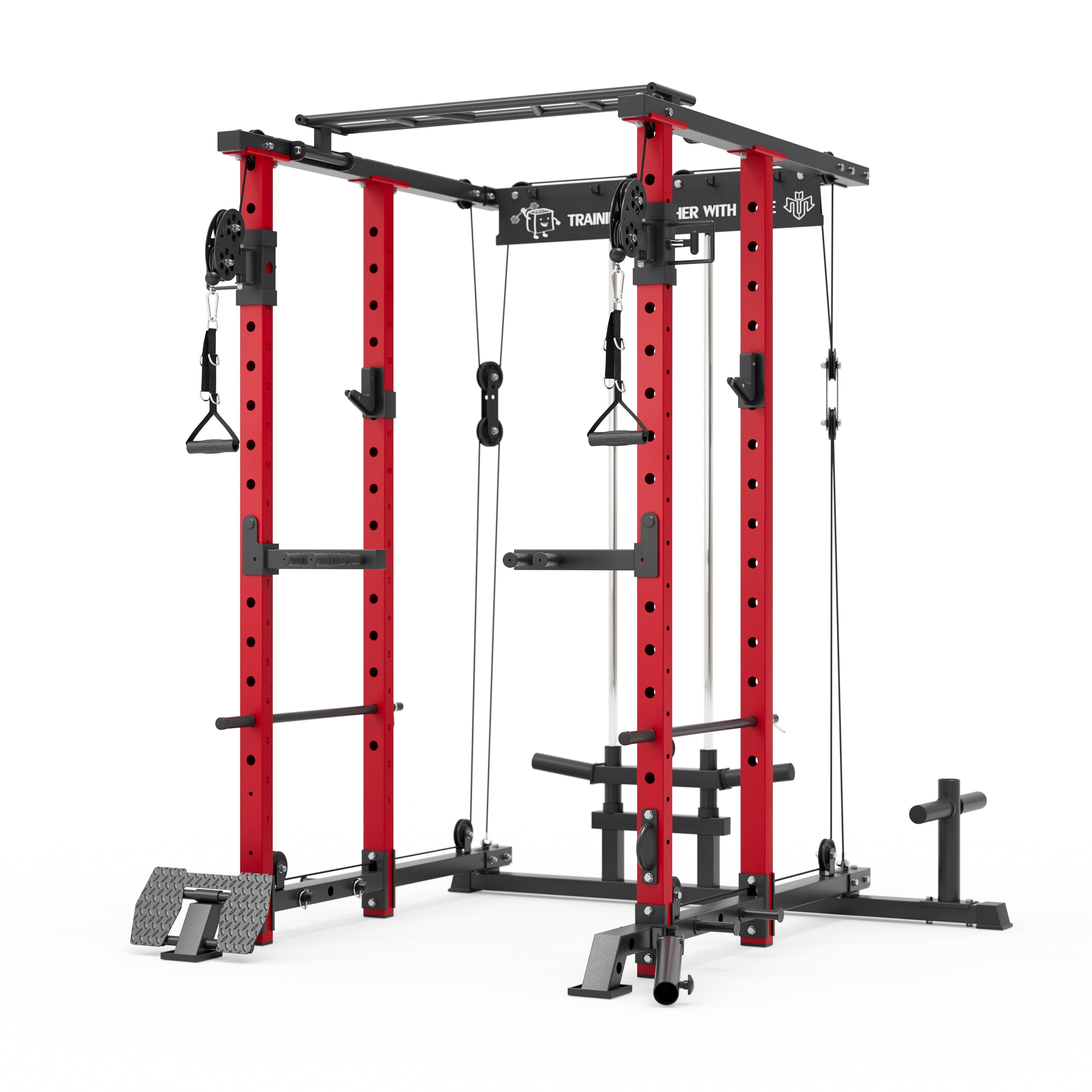
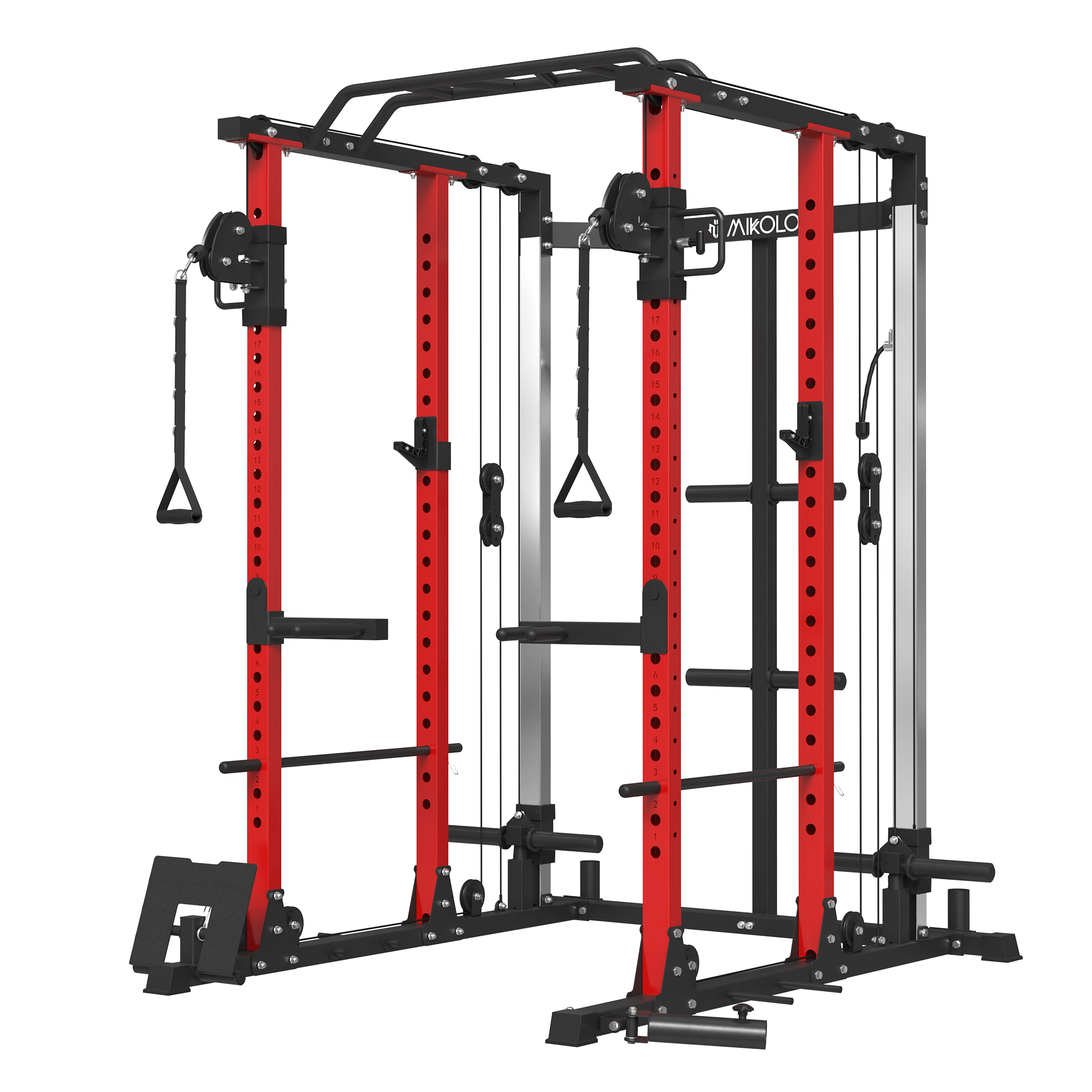

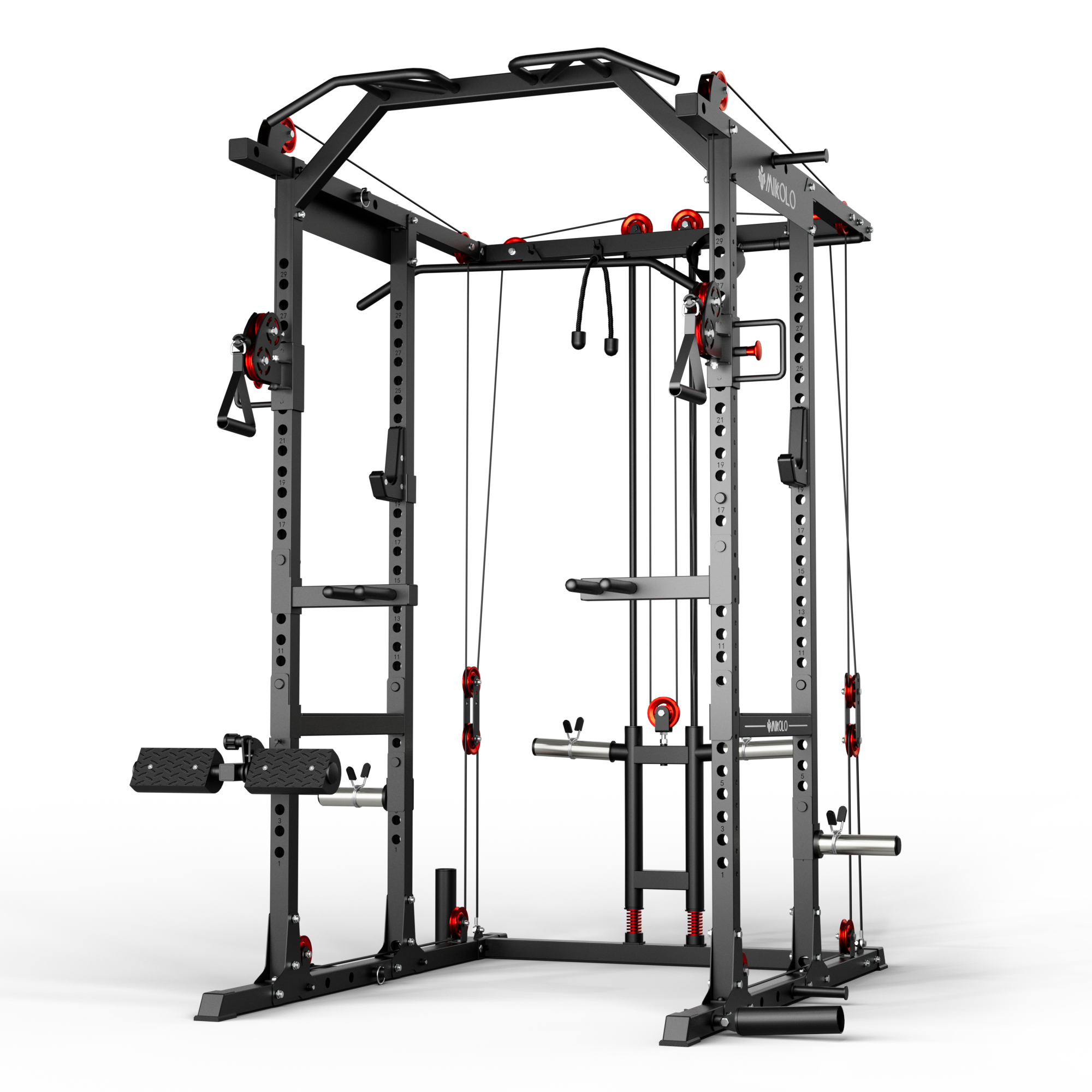
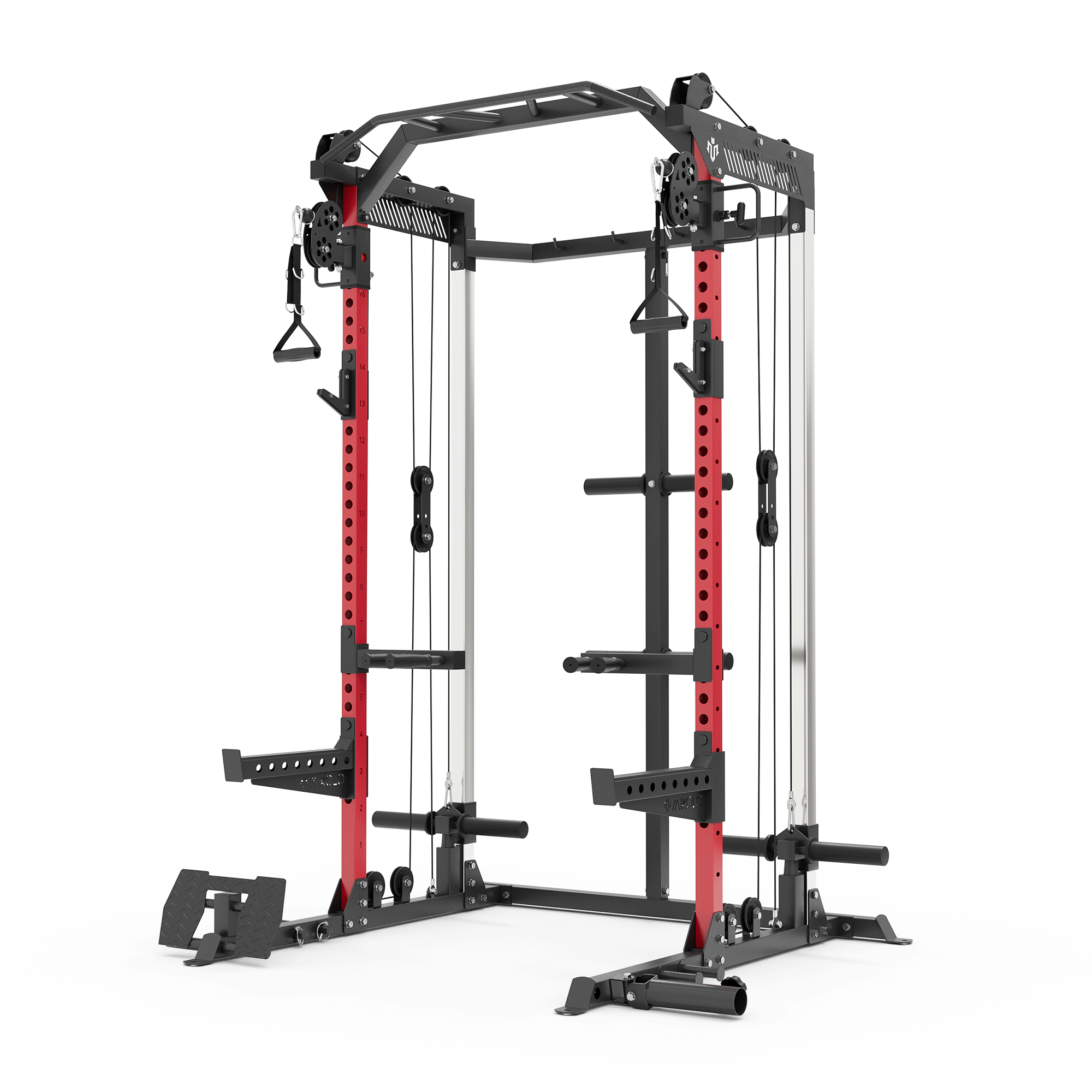
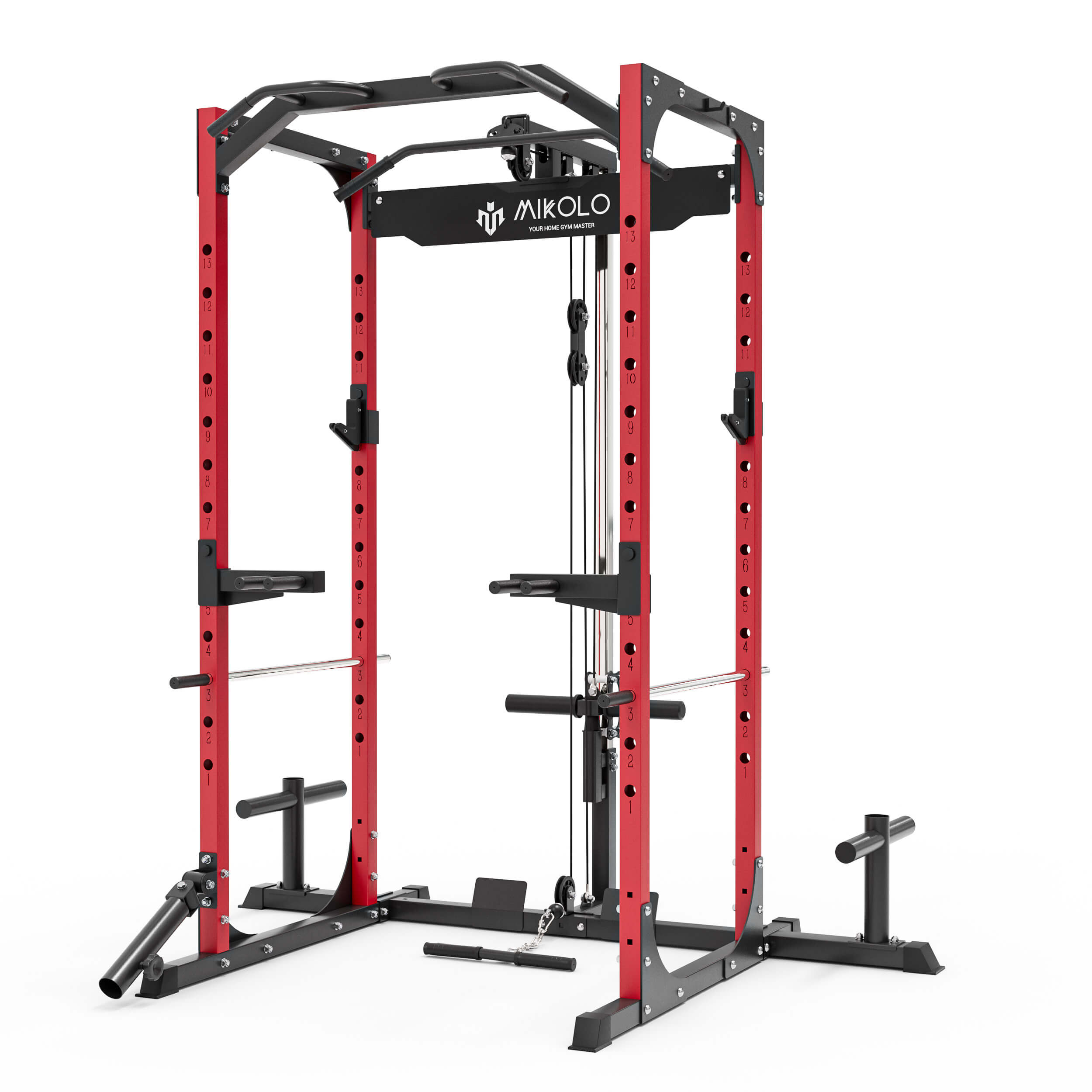




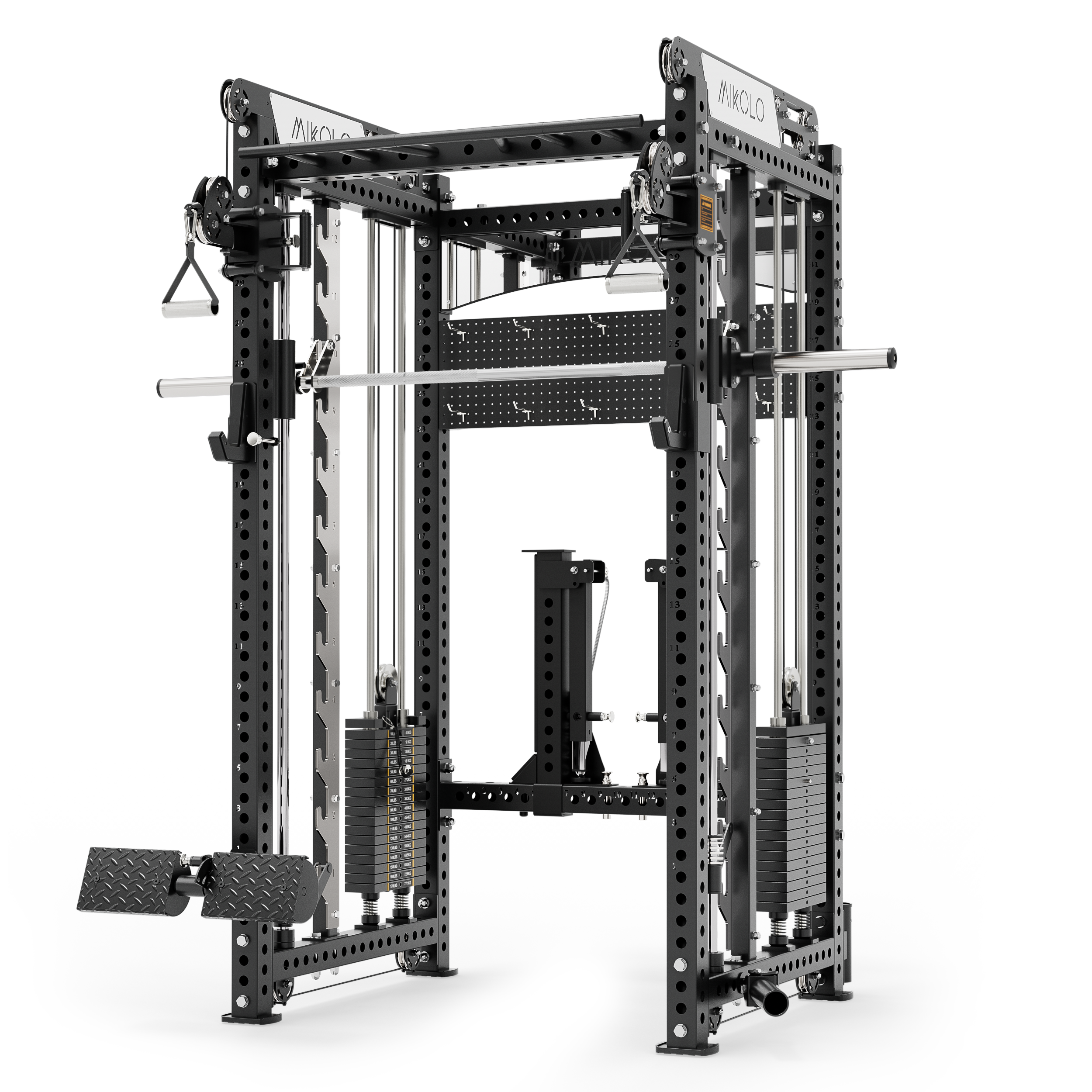
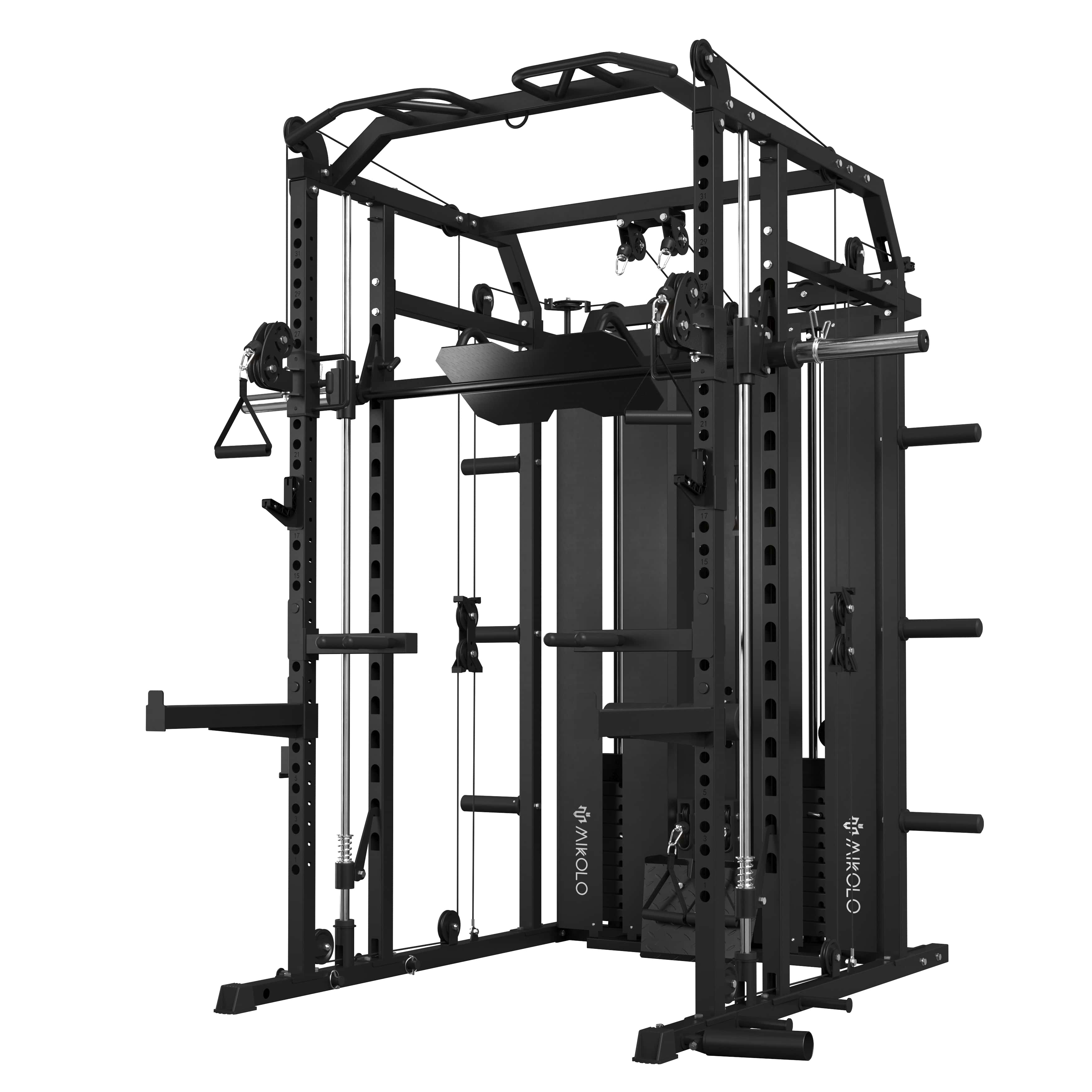
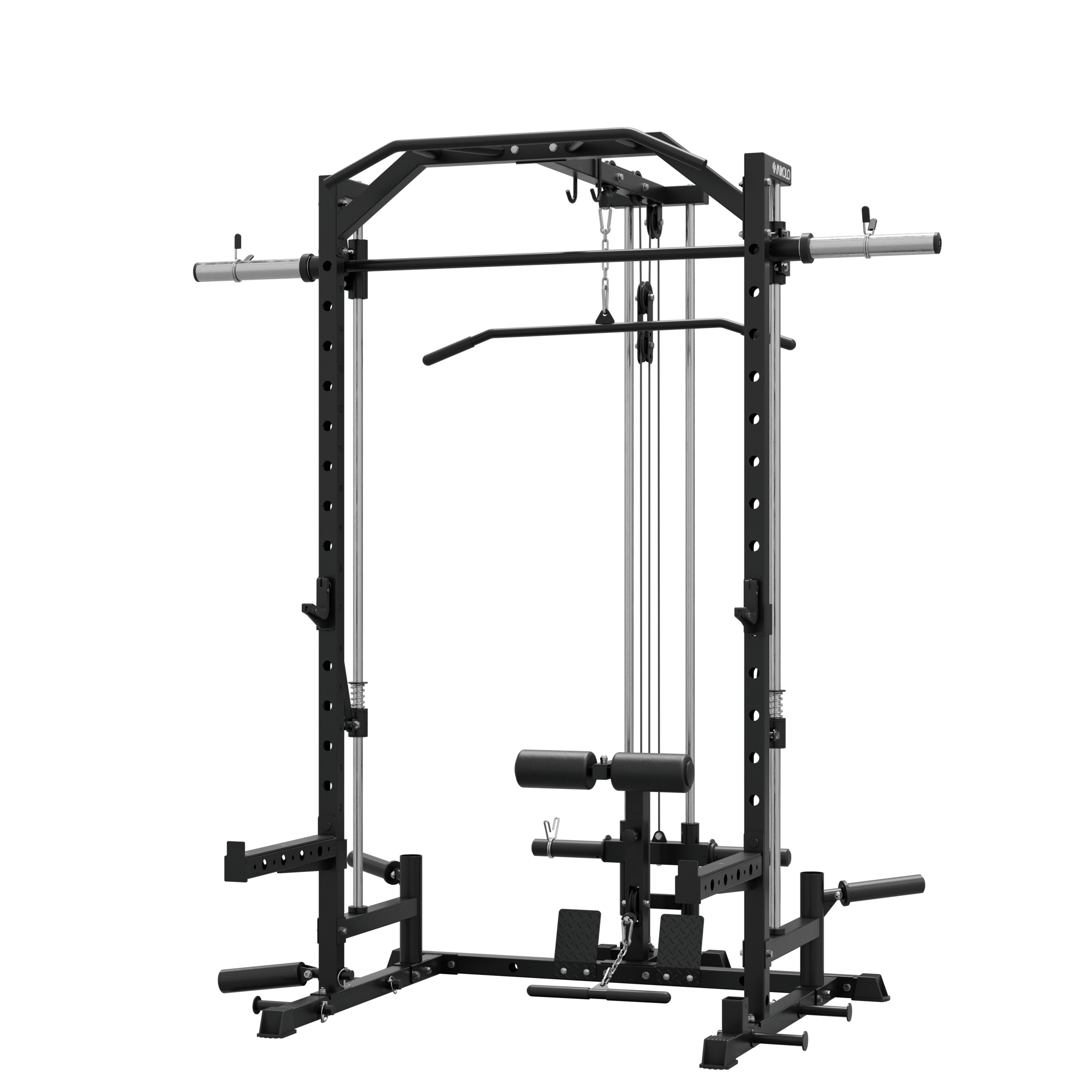
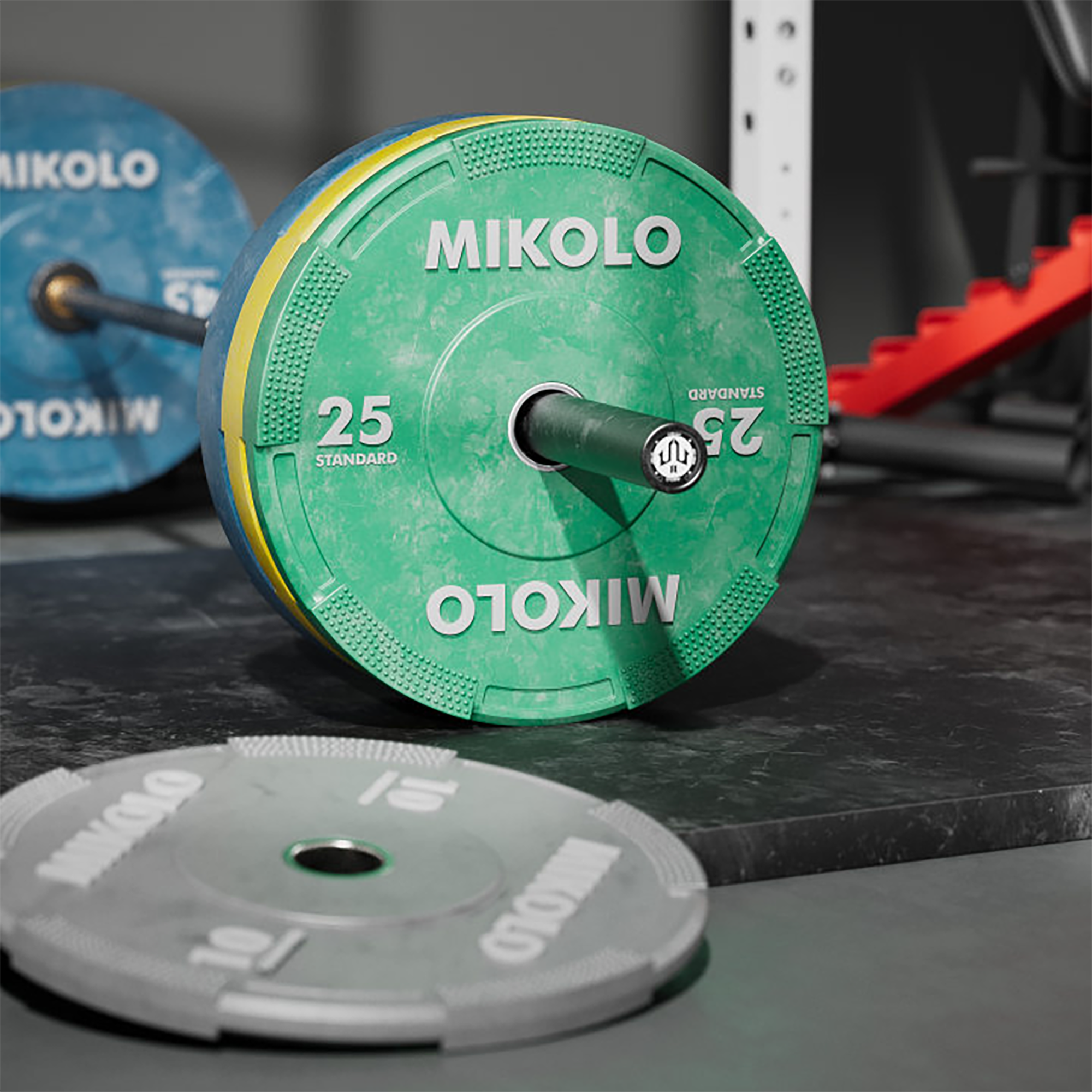


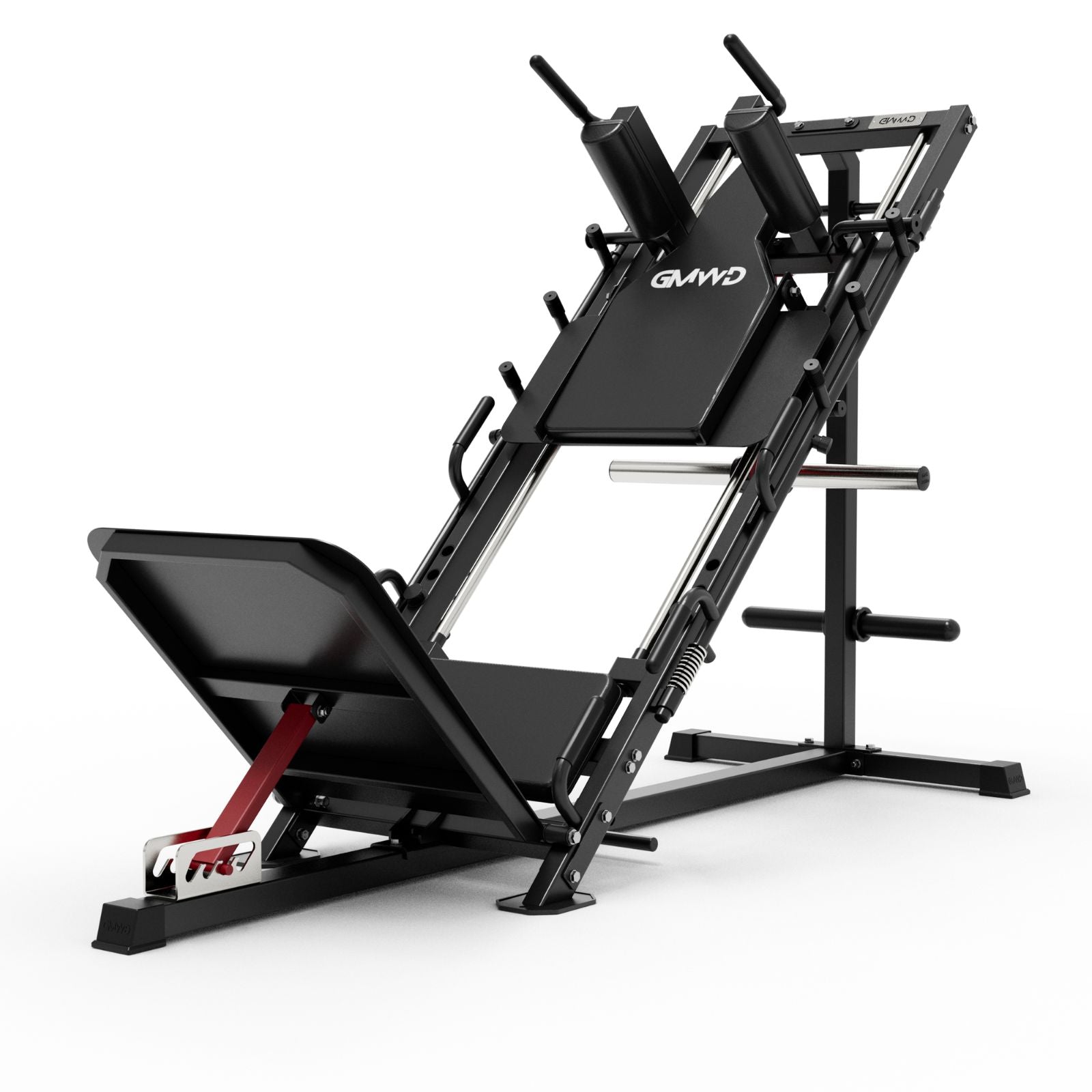


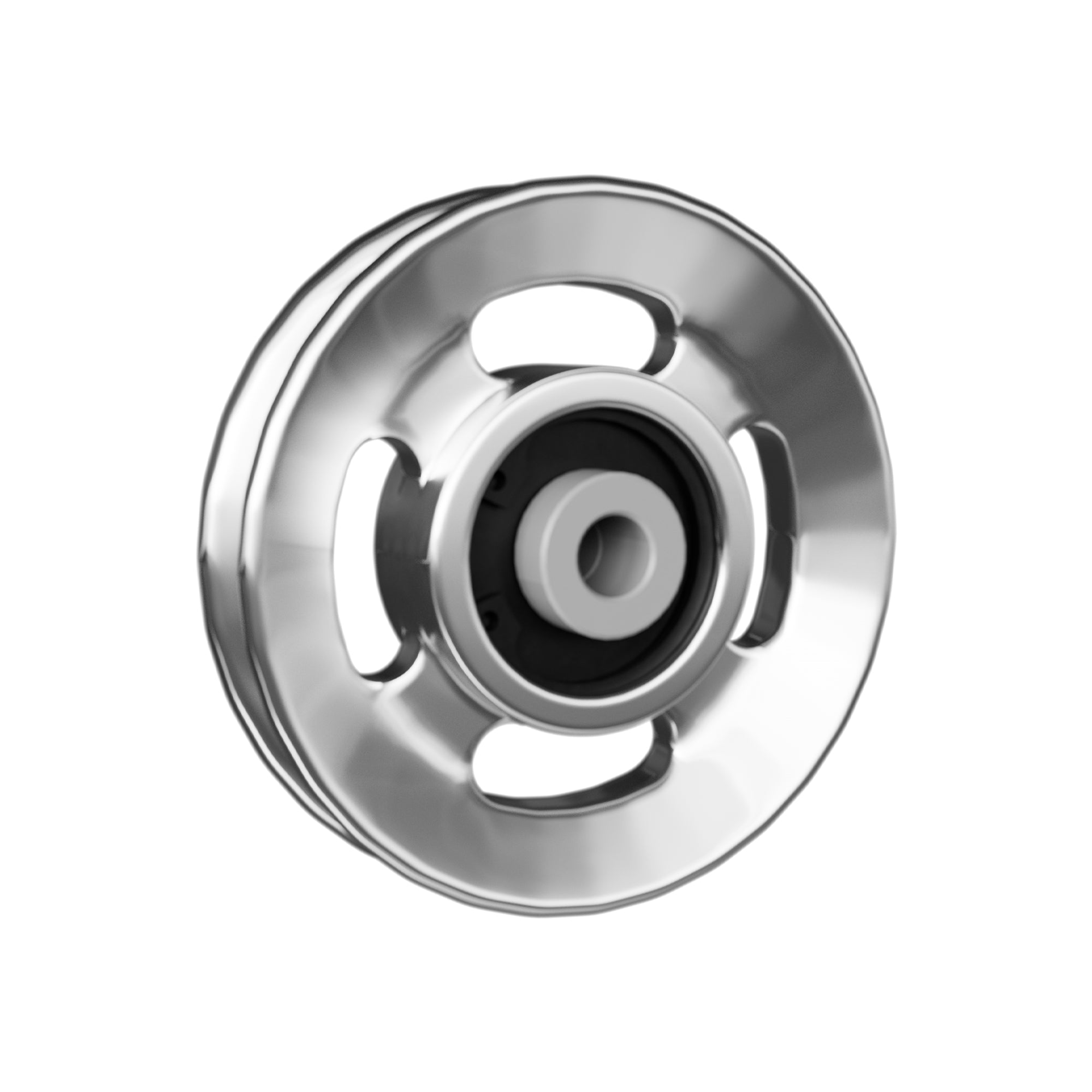
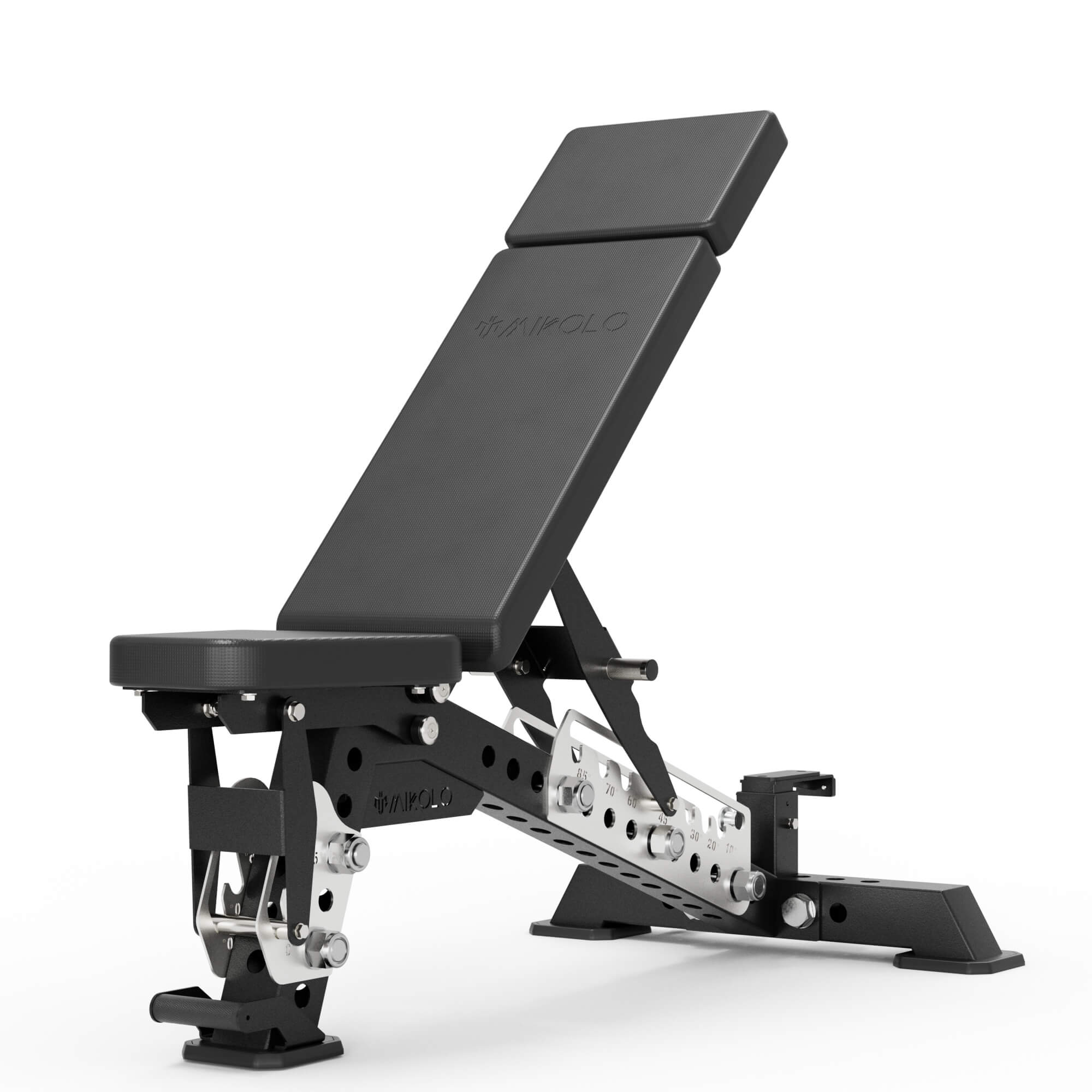
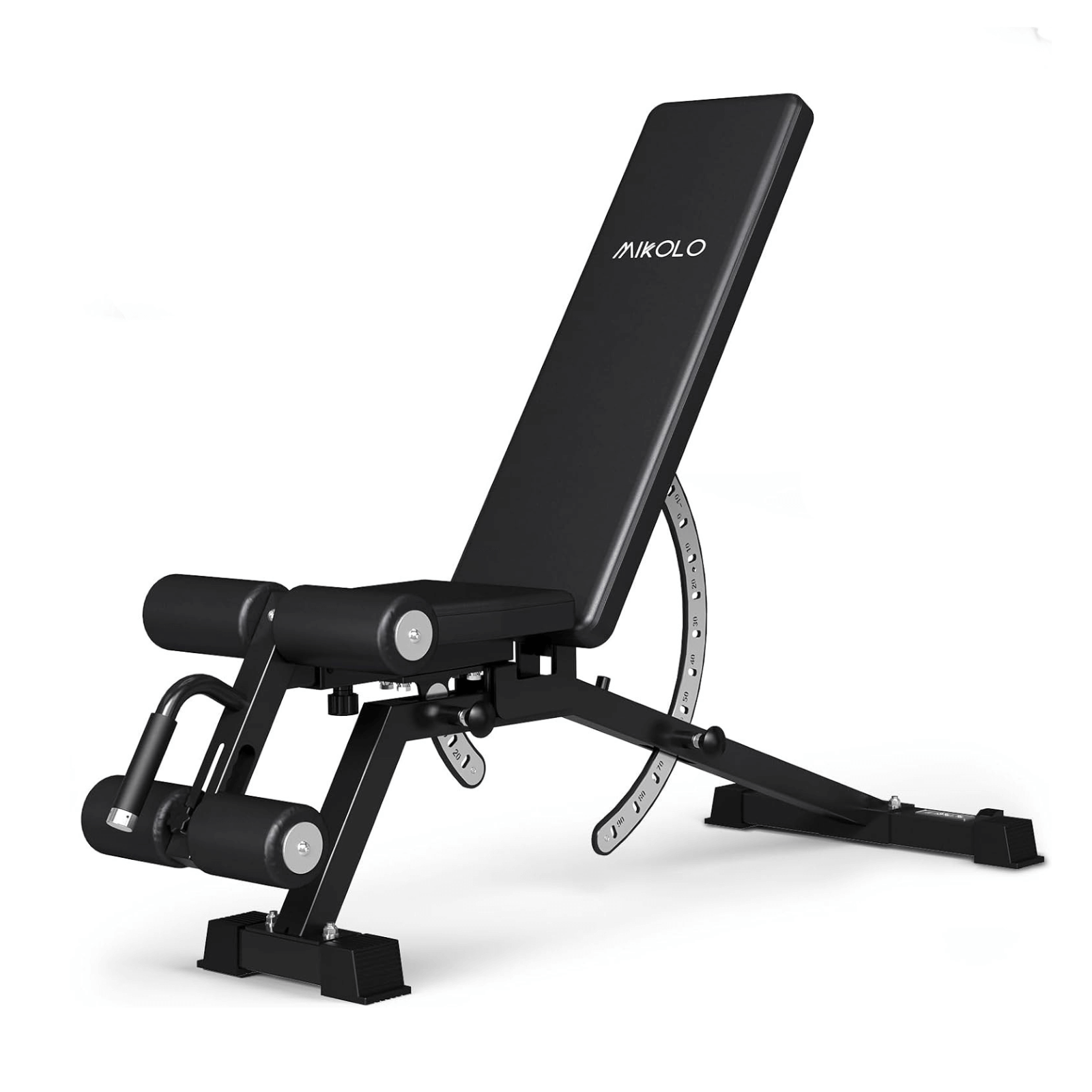

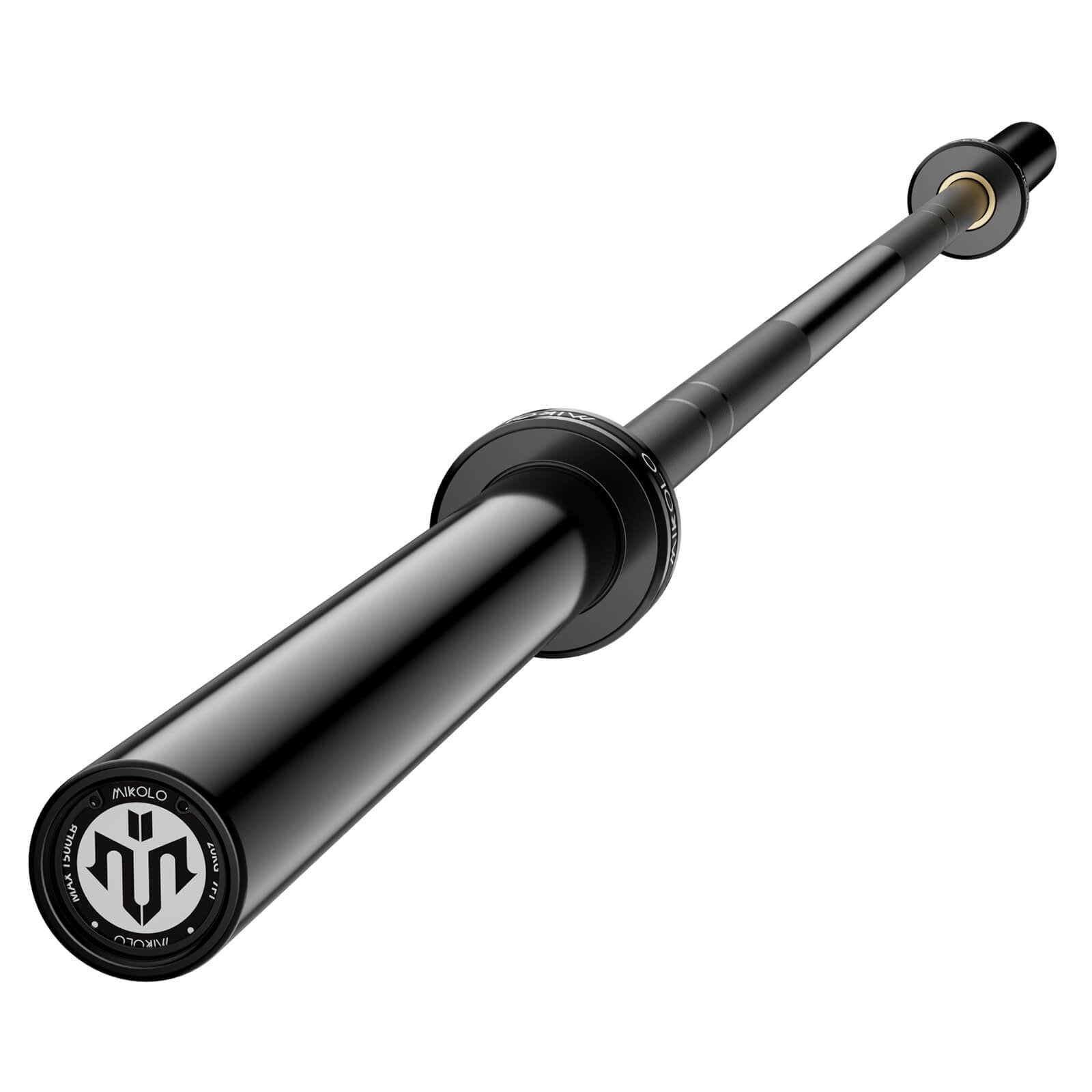
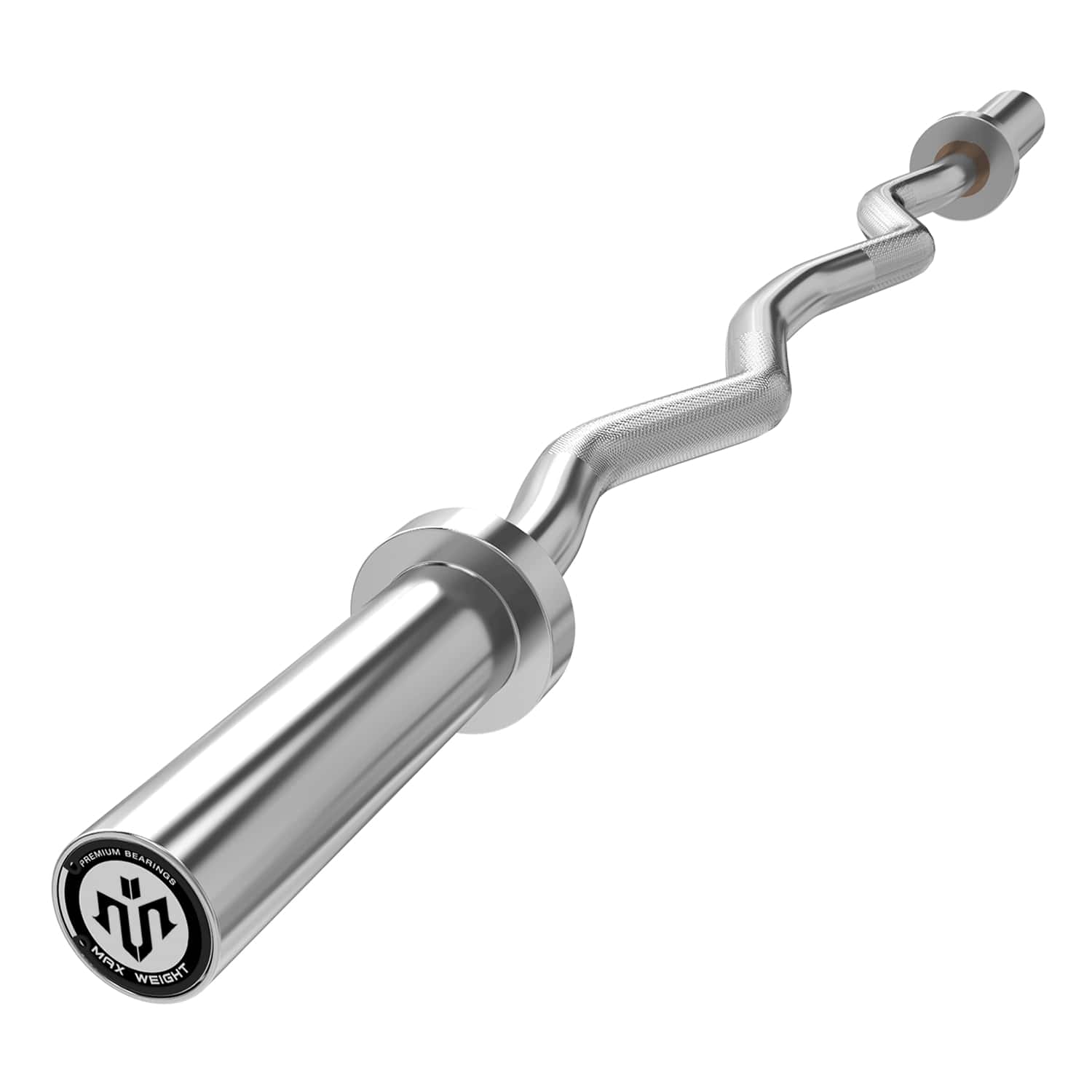
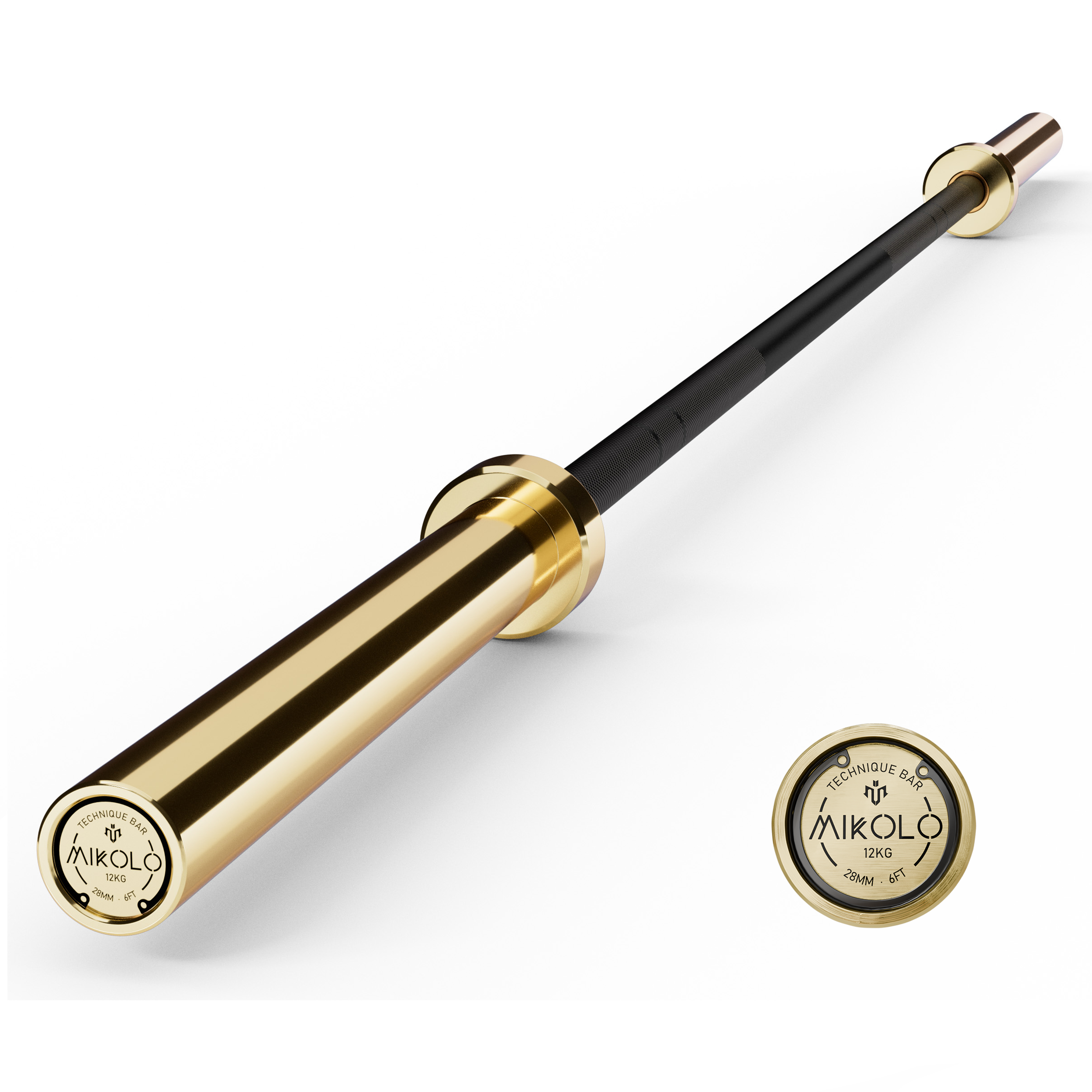
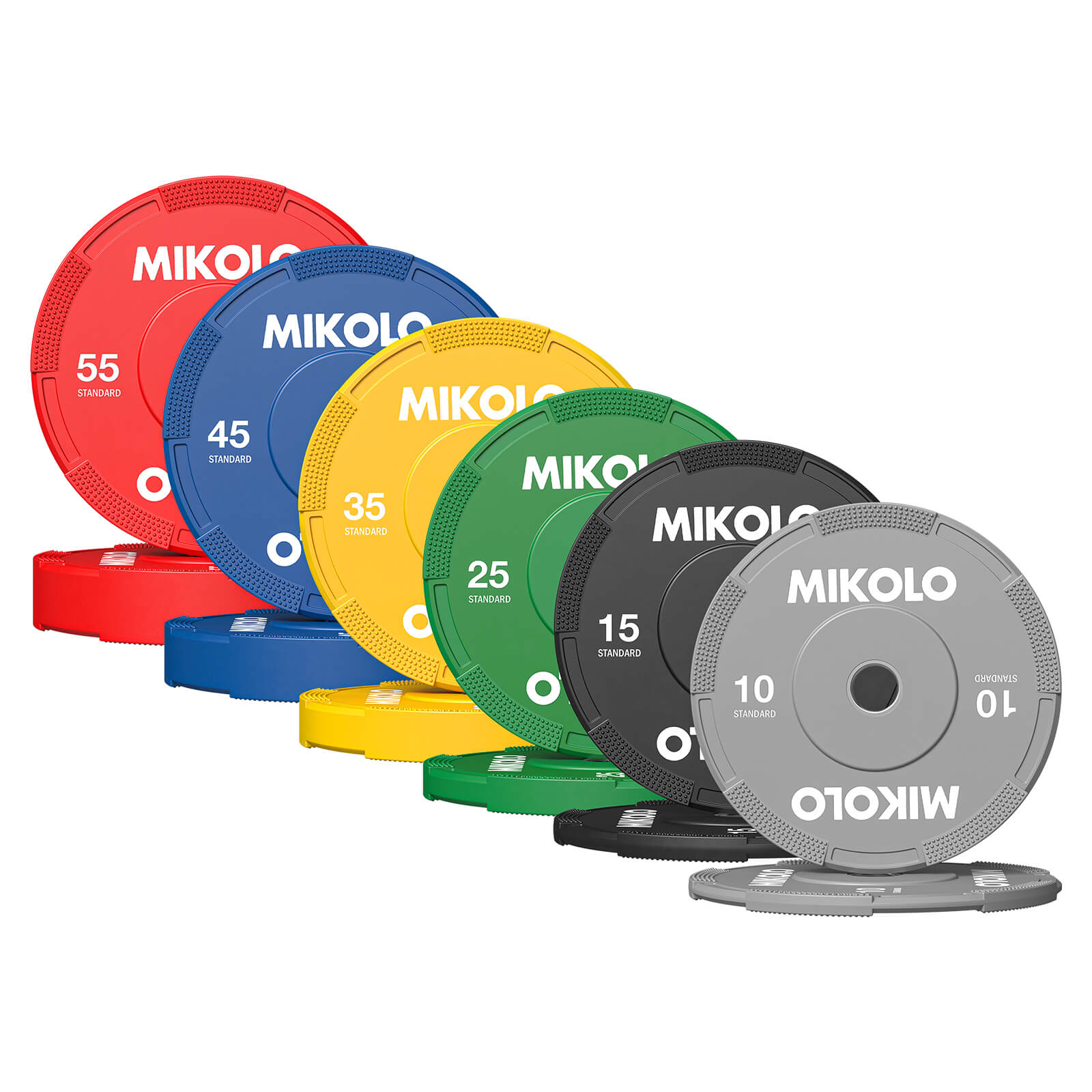
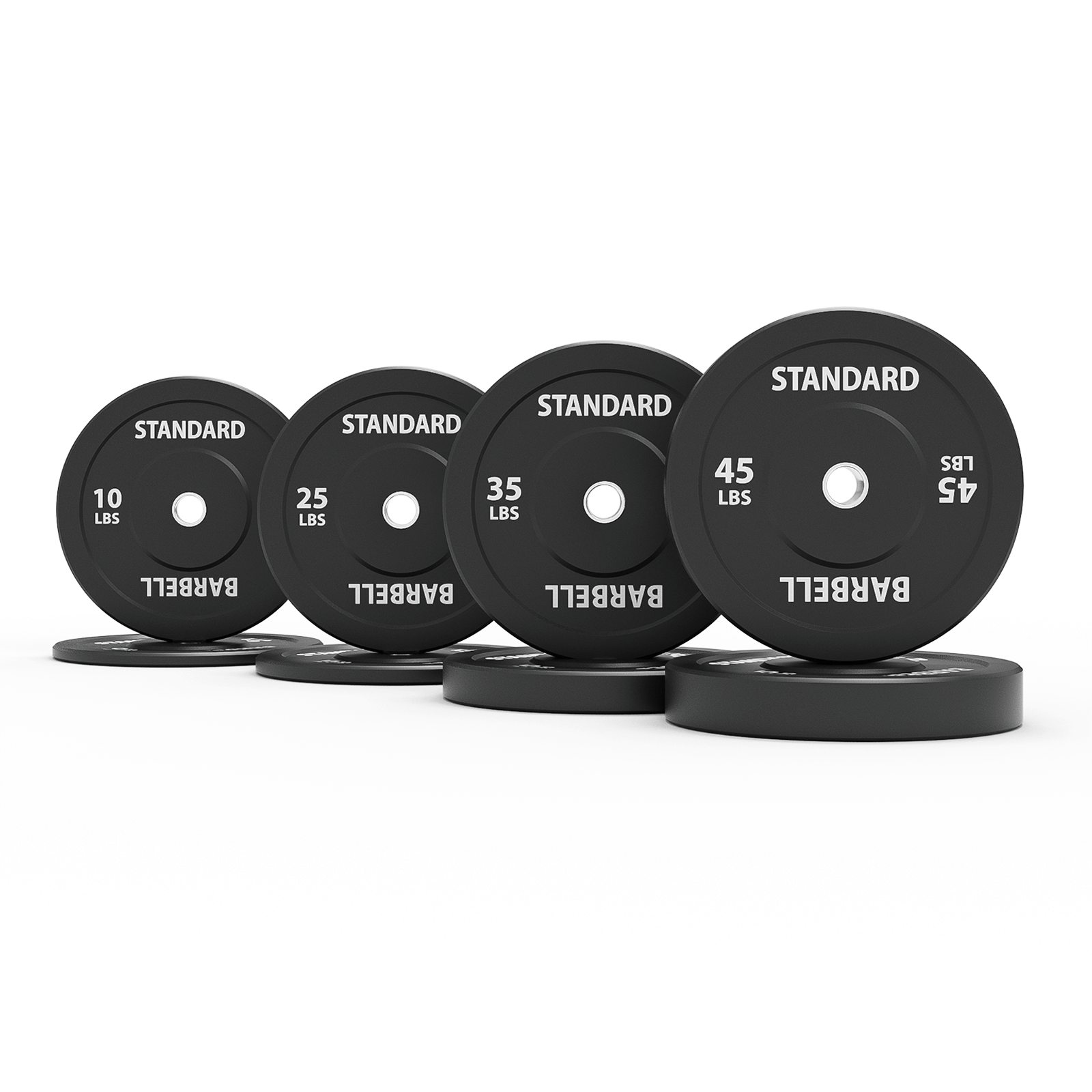



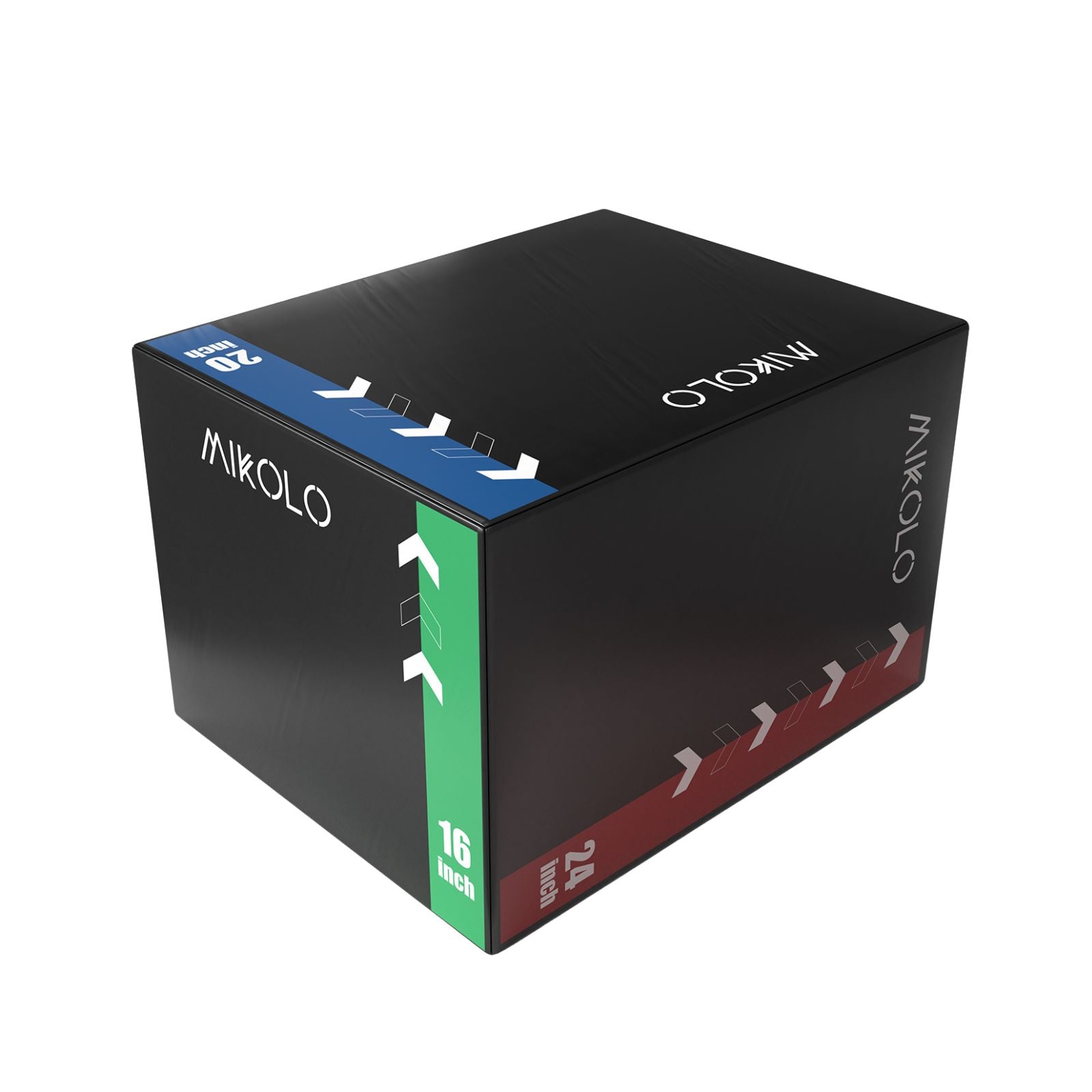
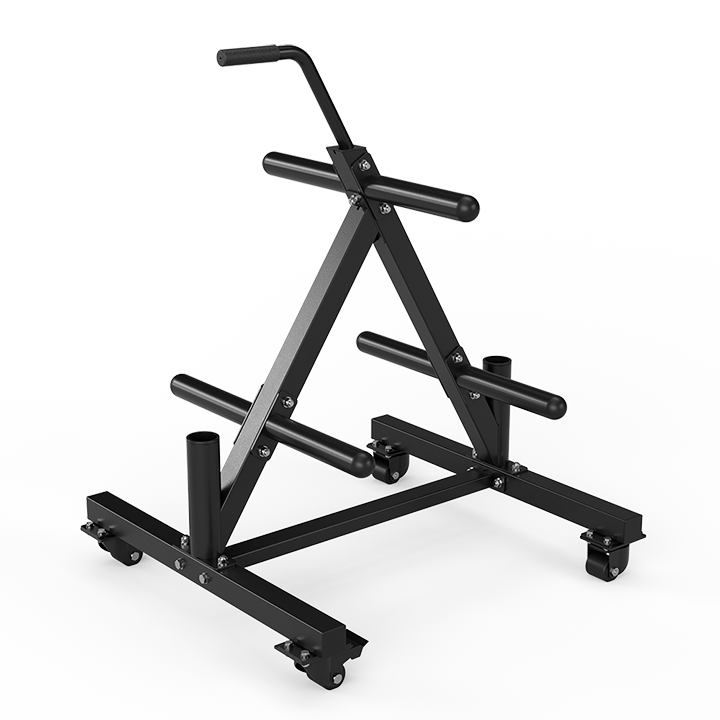
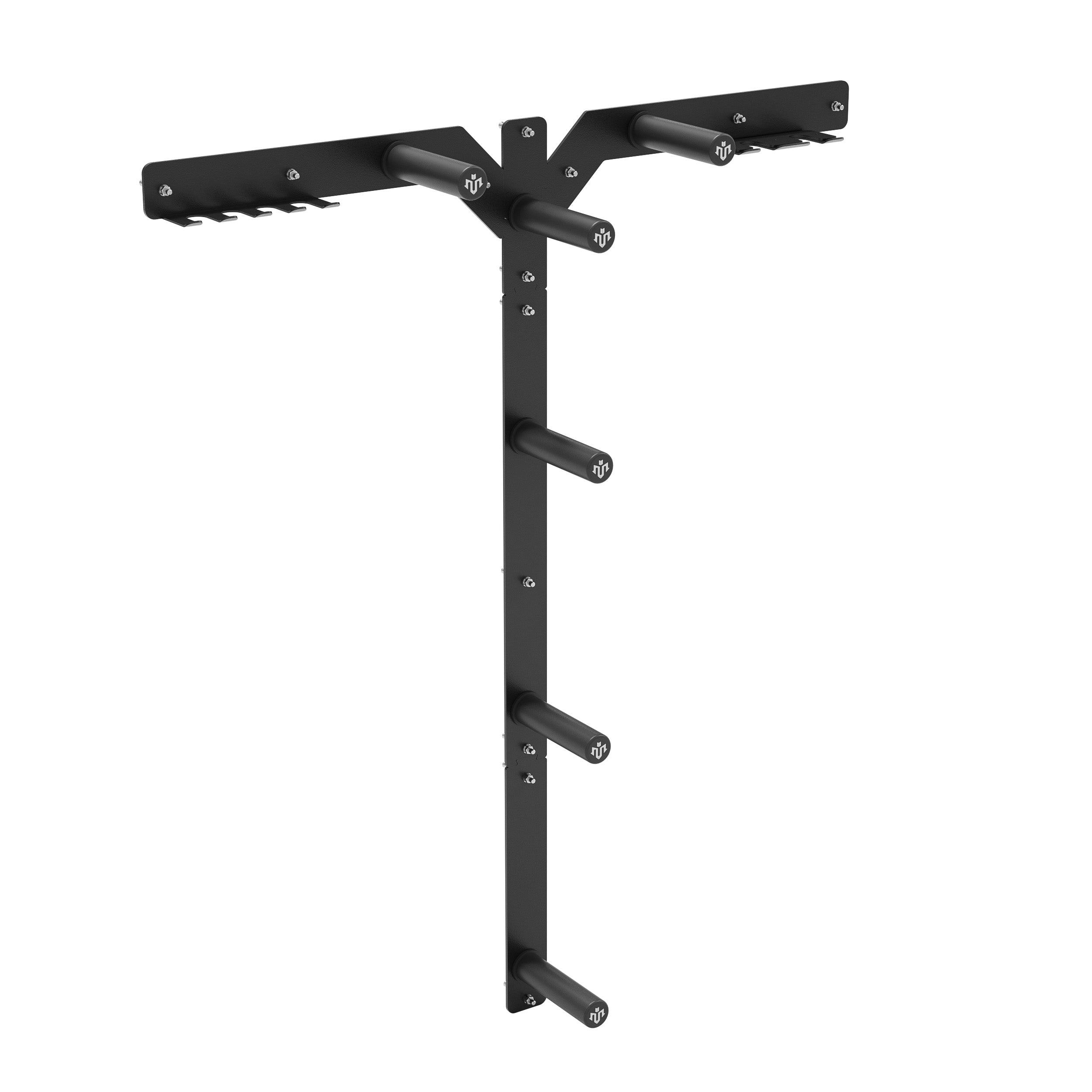




Leave a comment
This site is protected by hCaptcha and the hCaptcha Privacy Policy and Terms of Service apply.